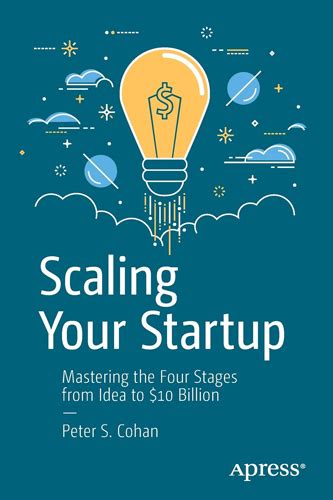When it comes to launching and scaling a one-person tech startup, the architectural choices you make can significantly impact your journey. The 2021 review of a one-man SaaS architecture offers a detailed walkthrough of a project that used Django and Kubernetes to power Panel Bear. As cloud technologies advance and new solutions emerge, the relevant question becomes not just which tools to use but how to use them effectively while minimizing complexity.
One initial observation is that the decisions you make early on can either simplify or complicate your journey. For example, one commenter noted that Kubernetes, while an incredibly powerful tool, can introduce unnecessary complexity for small-scale projects. The typical pain points involve setting up databases, managing networking, and maintaining volumes. Although Kubernetes provides features like zero downtime deployments, automated certificate provisioning, and node auto-scaling, these benefits come with a learning curve.
Cost management is another critical aspect for solo founders. As one commenter highlighted, cloud services like AWS and Google Cloud offer convenience but also come with the risk of runaway costs. The key lies in closely monitoring expenses, particularly during major changes or migrations. Calculators provided by these platforms help estimate costs, but real-world usage often deviates from these estimates. Watching costs ‘like a hawk’ can prevent unexpected large bills, which is essential for maintaining financial stability in the early stages.
Interestingly, the discussion around horizontal versus vertical scaling also remains highly relevant. Python, despite its reputation for being slow, remains a popular choice due to its simplicity and rich ecosystem. However, scaling Python applications can become complex due to issues like the Global Interpreter Lock (GIL). Some developers argue for languages like Go, which offer better performance and lower resource consumption. These decisions should be weighed in the context of your application’s specific needs and your team’s familiarity with the language.
Moreover, deployment strategies such as using Docker and Kubernetes are advocated for their flexibility and scalability. Yet, many argue that simpler solutions like a single VM with well-configured systemd units can be effective. This approach can be particularly advantageous for early-stage startups, where resources are limited, and the focus should be on delivering a working product quickly rather than setting up elaborate infrastructure.
Finally, the importance of iterating on and refining your tech stack cannot be overstated. As your product evolves, so should your architectural choices. What might start as a simple setup can gradually incorporate more sophisticated solutions as needs arise. Commenters suggested experimenting with Kubernetes on smaller scales (e.g., using K3s) before moving to full-fledged cluster setups. This measured approach allows you to gain familiarity with the tools while avoiding the pitfalls of premature optimization.
In conclusion, choosing the right architecture for your one-person tech startup involves a delicate balance of simplicity, scalability, and cost management. Listening to the community and learning from others’ experiences can provide valuable insights and help avoid common mistakes. Whether you’re deploying on a single VM, leveraging Kubernetes, or something in between, the ultimate goal remains the same: delivering a successful product while maintaining your sanity and managing your resources effectively.


Leave a Reply